COMPARISON
NIKON D70
AND CANON 10D
Christian
Buil - Marc-André Besel
Jean-Marc Mari - Christian Servière
Histogram analysis
of a nearly uniform scene
The
histogram is constructed only with the green pixels population of the raw image
(the Iris software is used
for decode the raw files)
To
be confirmed ! To be confirmed ! To be confirmed
!
|
NIKON D70
ISO
400
|
CANON 10D
ISO
400
|
|
Dots representation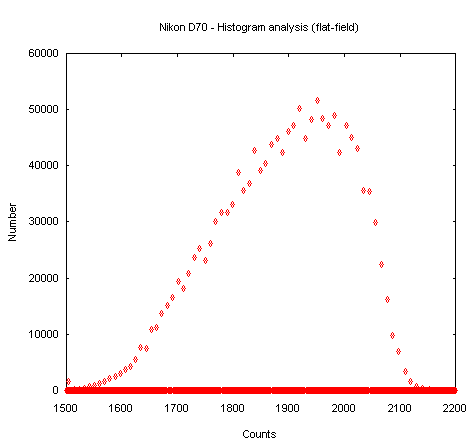
Numerous digital
code seem to be loss. The number of Analog Digital Unit between
two valid counts is near 10, but this value is not very stable and
it is not a power of two (not an analog digital converter error!).
But,
a problem concerning the raw decoding algorithm of Iris
software is not excluded (Iris use the dcraw
library)...
|
Dots representation

All digital counts
are valid.
|
|
Impulse representation
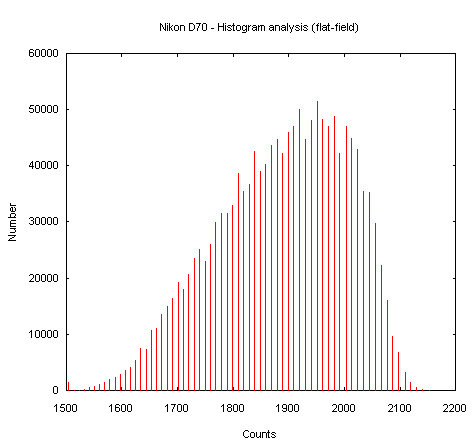
|
Impulse representation

|
Dark signal
(1)
RAW format - ISO
400 - 900 sec. exposure at 20°C
The user interface noise removal procedure
is off
Part of the dark frame scale by a factor 7
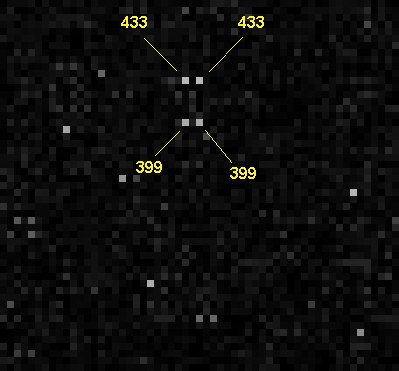
Display threshold: HI= 600, LOW= 0
Numerous double
"hot-pixels" are visible (aligned along the horizontal axis).
The two components are always equal.
(possible result of an internal
masked processing for remove dark signal ?)
Dark signal
(2)
This Nikon images are from Marc-André Besel
See
also the Marc-André analysis (D70, D100, D2H and 10D comparison)
The
analyse is based on Raw format images. The software Iris
is used for load and process these data.
|
NIKON D70
ISO400 - EXPOSURE TIME: 180 seconds - TEMPERATURE:
19.7°C
|
CANON 10D
ISO 400 - EXPOSURE TIME: 180 seconds - TEMPERATURE:
20.5°C
|
|
Full frame
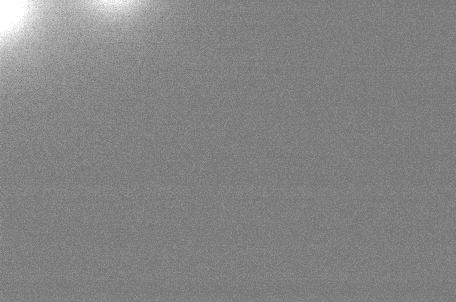
Size
reduced by a factor 0.15 - Display threshold: HI= 80, LOW= -70
|
Full frame

Size
reduced by a factor 0.15 - Display threshold: HI= 210, LOW= 60
|
|
Full frame

Size
reduced by a factor 0.15 - Display threshold: HI= 20, LOW= -20
|
Full frame
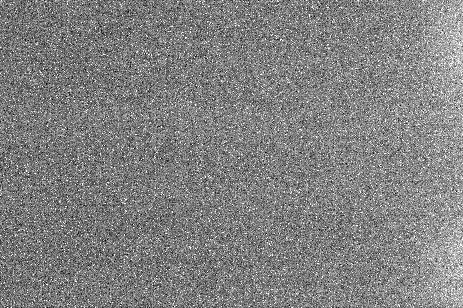
Size
reduced by a factor 0.15 - Display threshold: HI= 150, LOW= -110
|
|
Detail
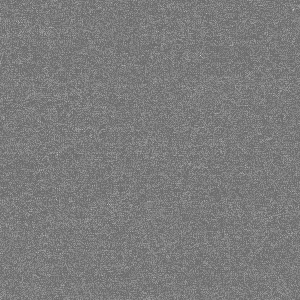
Original
scale (crop of the RAW CFA image)
Display threshold: HI= 40, LOW= -30
|
Detail

Original
scale (crop of the RAW CFA image)
Display threshold: HI= 170, LOW= 100
|
|
Histogram
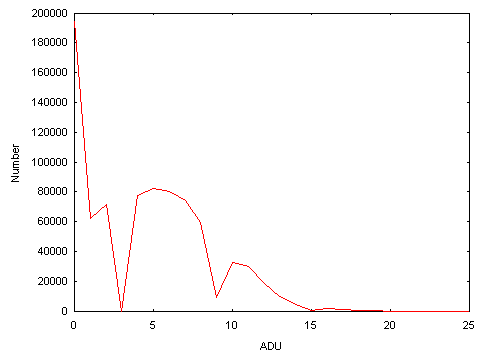
Subframe
of 900x900 pixels - Amplifier glow is excluded of this
frame
(note the partial loss of some counts)
|
Histogram
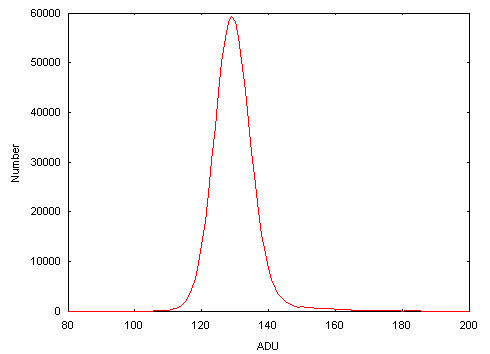
Subframe
of 900x900 pixels - Amplifier glow is excluded of this
frame
|
|
Full frame - Two successive
180 seconds dark frame subtracted
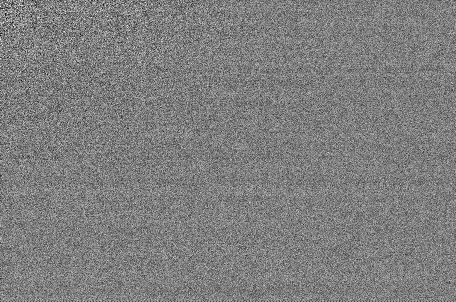
Display
threshold: HI= 30, LOW= -30
|
Full frame - Two successive
180 seconds dark frame subtracted
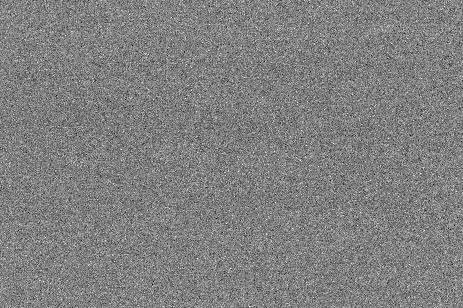
Display
threshold: HI= 30, LOW= -30
|
Comment
The observed D70 thermal signal level is incredibly low.
I don't know CCD technologie equivalent if
no internal processing is done by the internal firmware.
For this test the internal noise reduction function was turned off, but the
result is strange... A real time correction of the hot pixels is very probable!
For the mass consumer, internal processing
or not, the result is impressive, but the consequences for astronomers is to
evaluate.
The thermal dark histogram of the D70 is not excellent
because the signal is clearly clipped for the zero level (possible loss of
low
light level information). The 10D histogram (and 300D histogram) is much more gaussian and coherent
with a normal electronic and signal noise distribution (but a problem concerning
the raw conversion algorithm of Iris software is also a possibility for the
D70).
The glow of the amplifier and the output amplifier stage
is evident for the D70 and very weak
for the 10D. For the D70, the peak intensity of the glow is given by the
formula (in ADU):
S = 0.0019 . ISO .
EXPO
ISO is the ISO sensibility and EXPO is the exposure time
in seconds. For example: is ISO=800 and exposure=300 seconds, the
parasitic light level produced by the amplifier is equal to 450 ADU (remember the dynamic
range of 4096 ADU).
Some very faint horizontal patterns are visible for
the D70 and can not be entirely removed after difference of two successive frame.
The electronic gain of the D70 is of 2.9 e-/ADU at ISO400.
Also for the D70, the RMS noise is of 3.6 ADU for the 180 seconds exposure (or
11 e-). The measured gain of the 10D is 2.6 e-/ADU at ISO400.
More test are necessary for evaluate the global performance
of the D70 : quantum efficiency, Ha
sensibility, response linearity, spatial resolution (more punchy and
sharp images
for the D70 compared to the 10D because the antialiasing filter seem less severe -
but photometric error is also to evaluate for this reason). Some points are irritating with D70 (no
wire remote control, amplifier glow, zero clipped offset) but this first view
shows a camera valuable
for the astronomical imagery.
Back














